Abandoned Hampshire: Treloar Hospital

Princess Louise Hospital
This abandoned hospital was originally built in 1901 using public donations to treat the sick and wounded soldiers from the Boer War. It was named the Princess Louise Hospital and built on Chawton Park Road in Alton. By the time the hospital was ready to officially be used for service in 1903, the Boer War had ended. From 1903 to 1905 the hospital was used by the Royal Army Medical Corps.
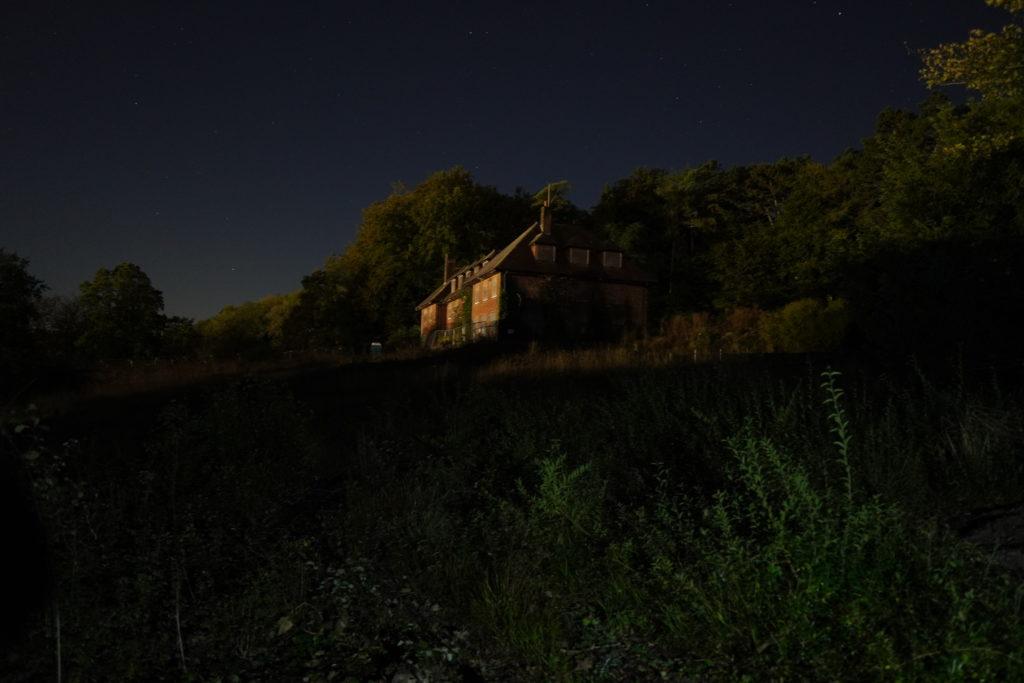

Lord Mayor Treloar Hospital
In 1907 Sir William Purdie Treloar, the Lord Mayor of London, bought the site for children suffering from tuberculous of the bones and joints. It was in a run down state when first purchased. Treloar set up a ‘Cripples’ Fund to finance the development of the hospital. His aim was to build a hospital and school in the country for children with non-pulmonary tuberculosis to rest and gain an education or trade. Treloar reported that Queen Alexandra opened the Queen’s Fete in aid of his Cripples’ Fund.
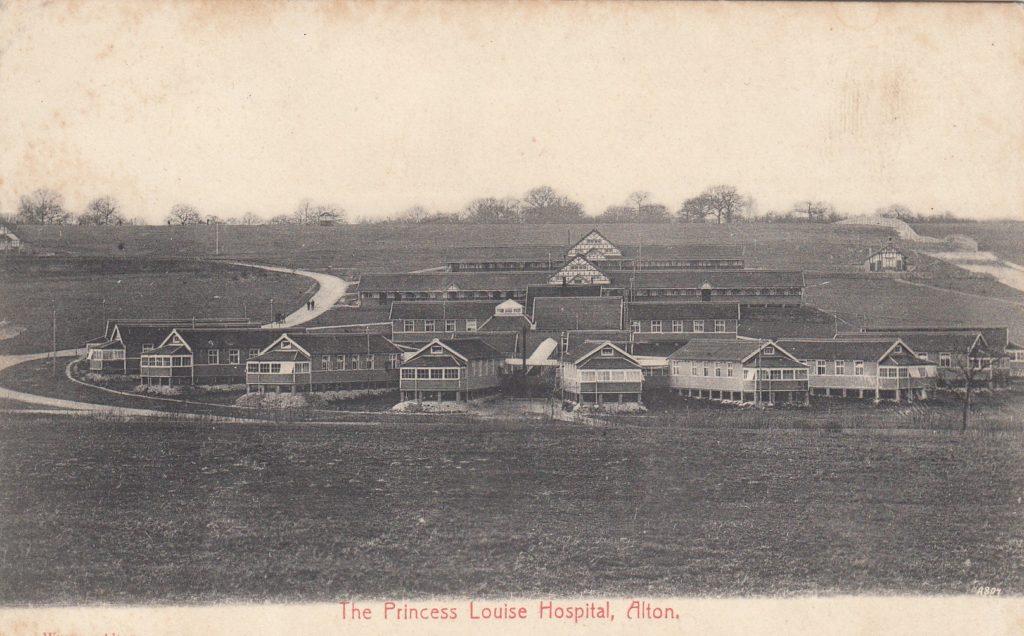
William Treloar was able to open his school and hospital in 1908. It quickly grew and became a leading provider for education, care, therapy, medical support and independence training for disabled young people. The hospital’s aims were to not only cure the children but also teach the older students a skilled craft. The hospital became famous for its use of fresh air, sunlight and exercise as part of the treatment plans for the patients. Children from all over the country travelled to Treloar for treatment, the hospital even had its own railway station! The children were also encouraged to work on the farms and surrounding grounds.
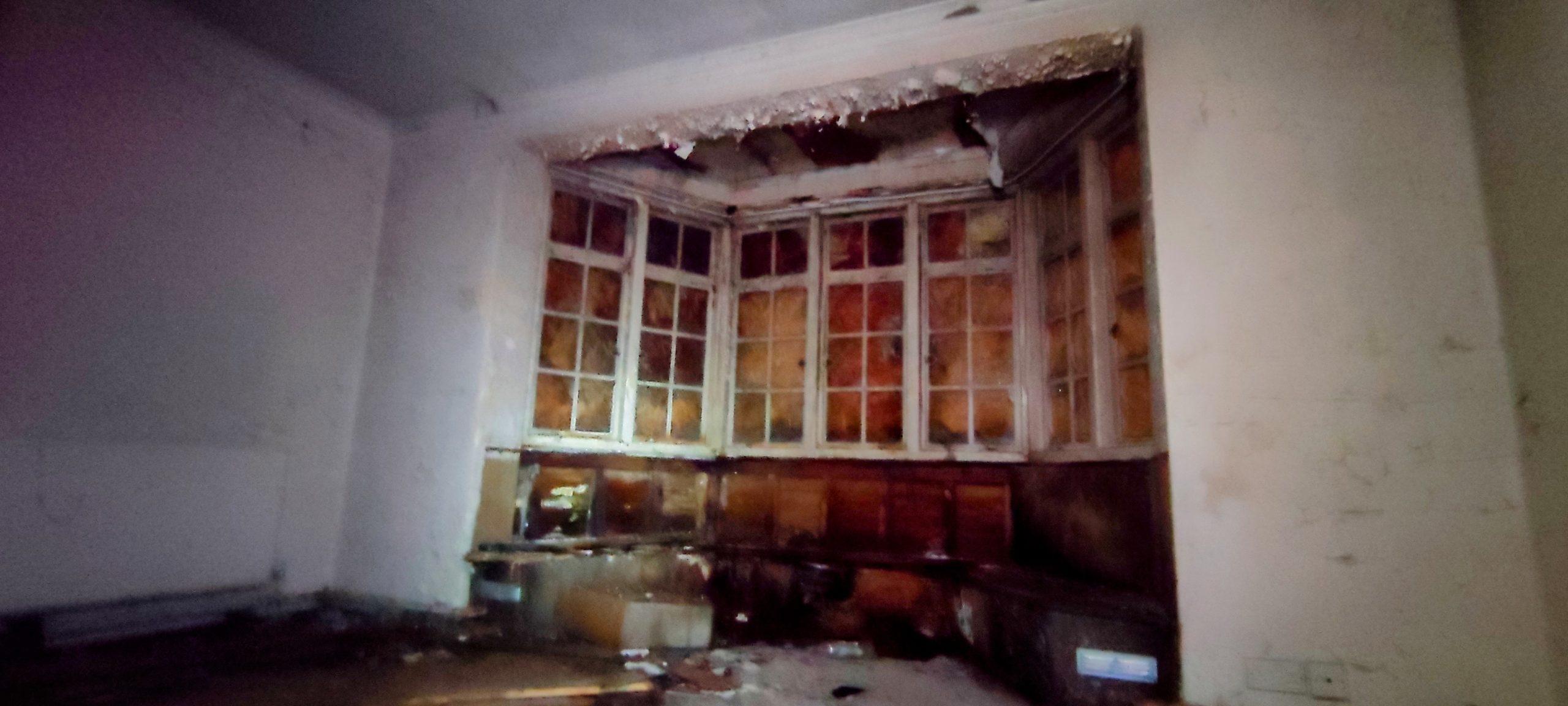
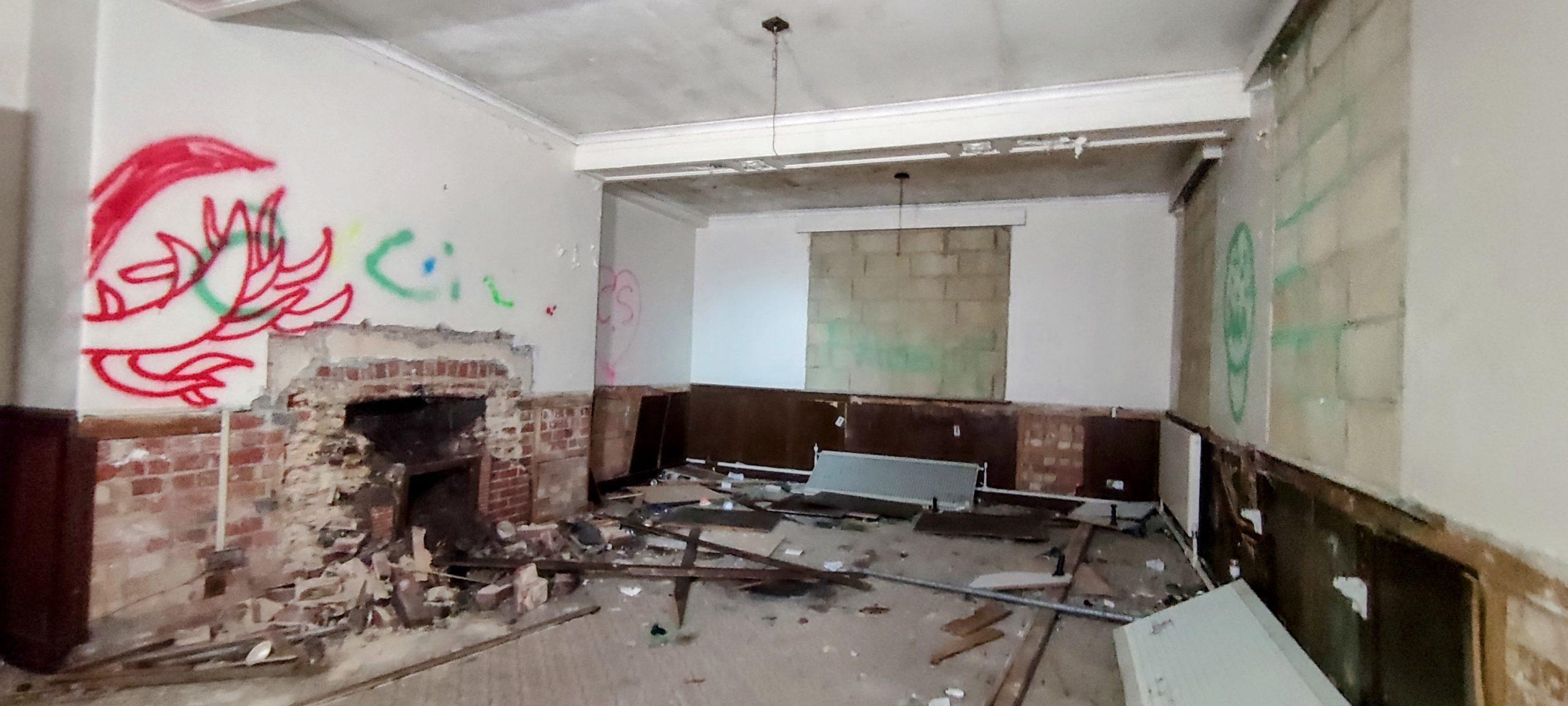
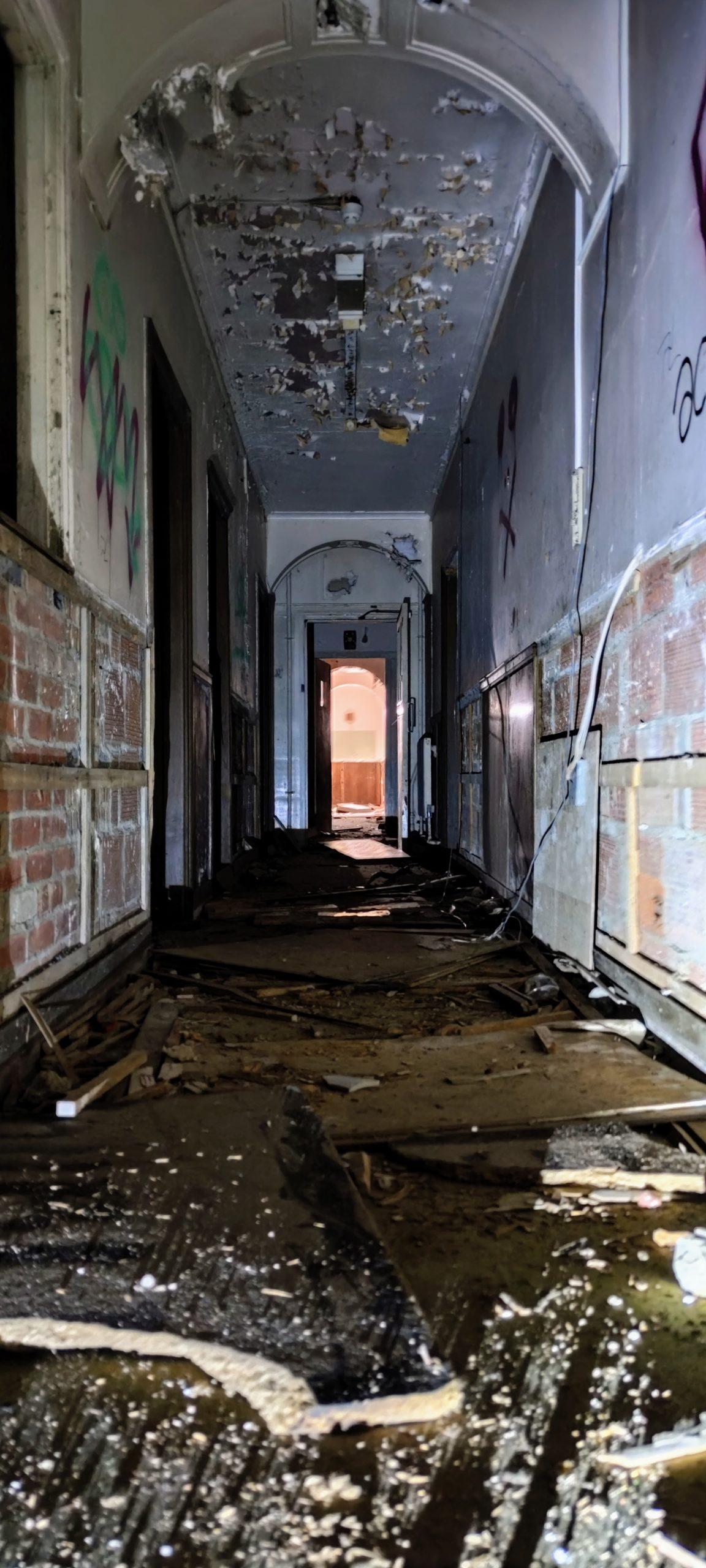
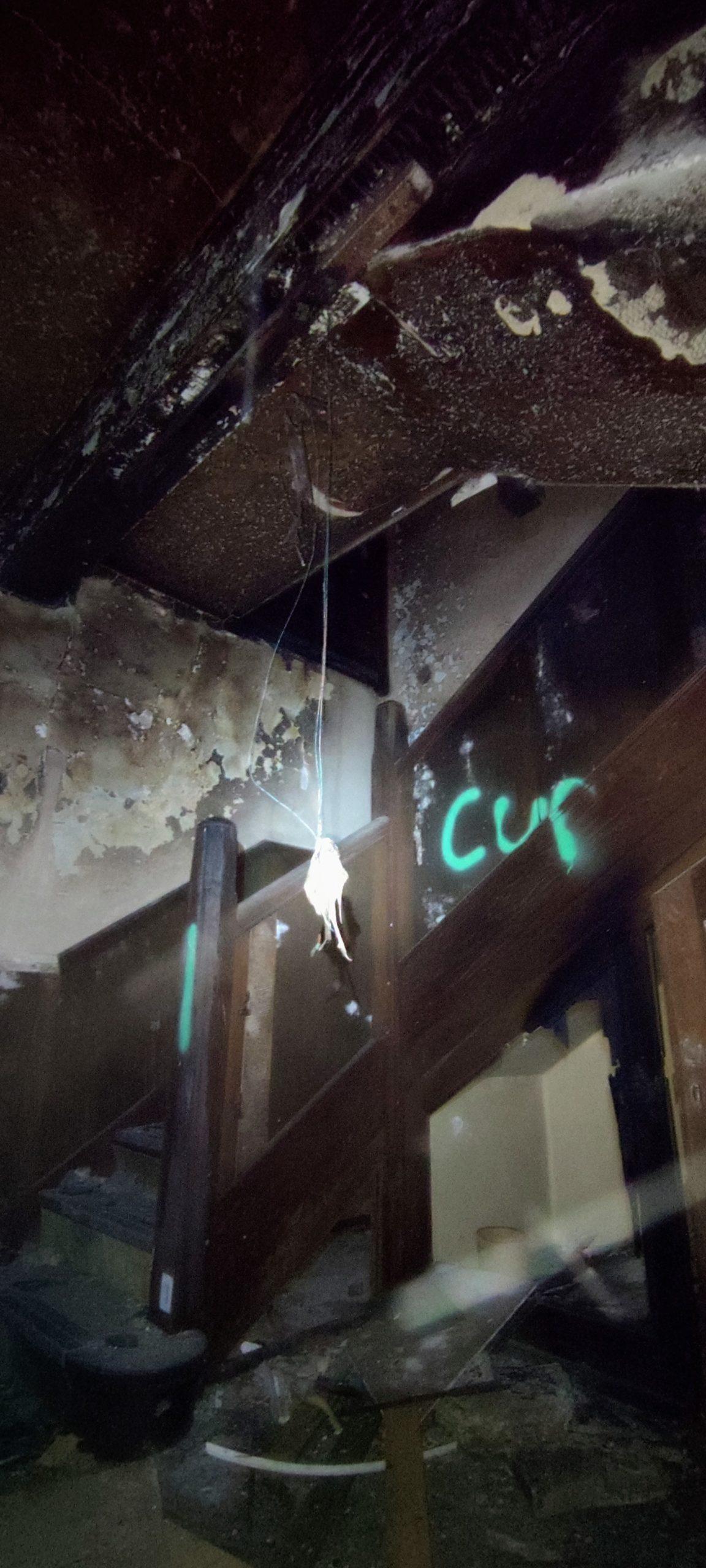
With the creation of the NHS in 1948, the hospital was taken over and became renowned for treating orthopaedic cases. Work also started on a new site, and in 1953 the works were complete. The Treloar college for physically handicapped boys opened in Froyle and three years later the Florence Treloar School for girls opened in Holybourne.
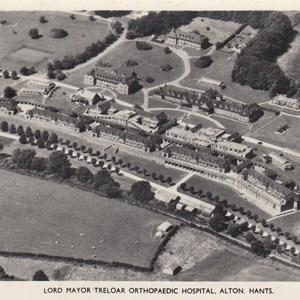
Between 1974-1987 3,891 people in the UK were infected with Hepatitis B, C and HIV by the medicine Factor VIII imported from the US. Most of those infected were haemophiliacs as Factor VIII was used to help blood clot. During this time, the boys’ school offered specialist care for haemophiliacs. Since the public inquiry into the NHS’ use of contaminated blood products in 2019, former Treloar pupils have given statements in evidence. Financial compensation has since been given to the families of those affected. In England, bereaved partners have been given a lump sum of £10,000. Estimates suggest that those given infected blood could be as high as 30,000 people.
The site was a functioning hospital until it closes its doors in 1994. This was in-part due to a new Community Hospital being opened in the area 1992.
Urban Explore
Even though the site is surrounded by houses, which might present challenges at other explorations, there were no difficulties accessing the grounds. The housing estate is being expanded so we visited the site under the cover of darkness to avoid builders.
Entry was fairly simple, we were careful to act casual when walking past houses. We headed towards the woodland area and found our way into the property via a bathroom window. This was a tight squeeze, avoiding shards of glass, and not for the faint hearted. On the floor was a pile of rubble which we dropped down onto once through the opening.
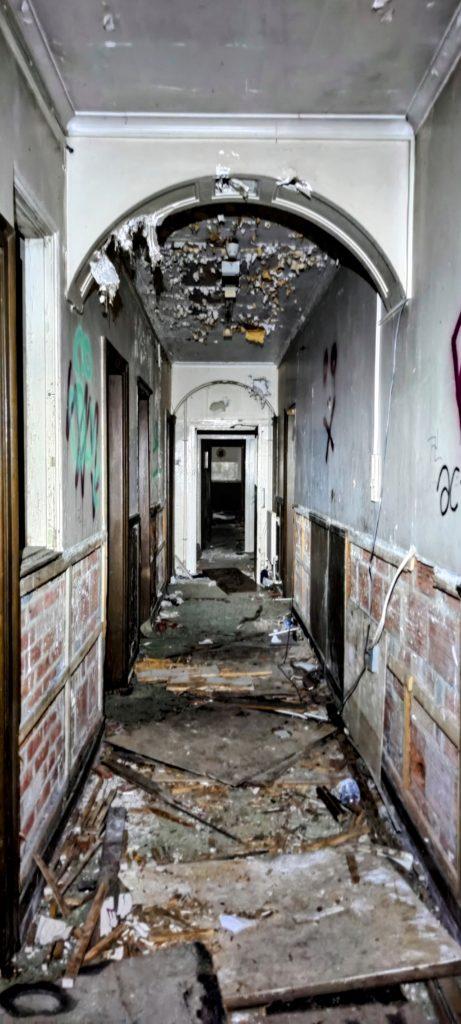

Once inside the hospital the explore was fairly simple. The windows were boarded up so there was a slim chance of being spotted by neighbours. We made sure to keep our voices down just in case. It was clear upon entry that this was a site that has seen a lot of visitors over the years. All of the bathrooms were vandalised. Throughout the site the sinks were smashed and graffiti adorned the walls.
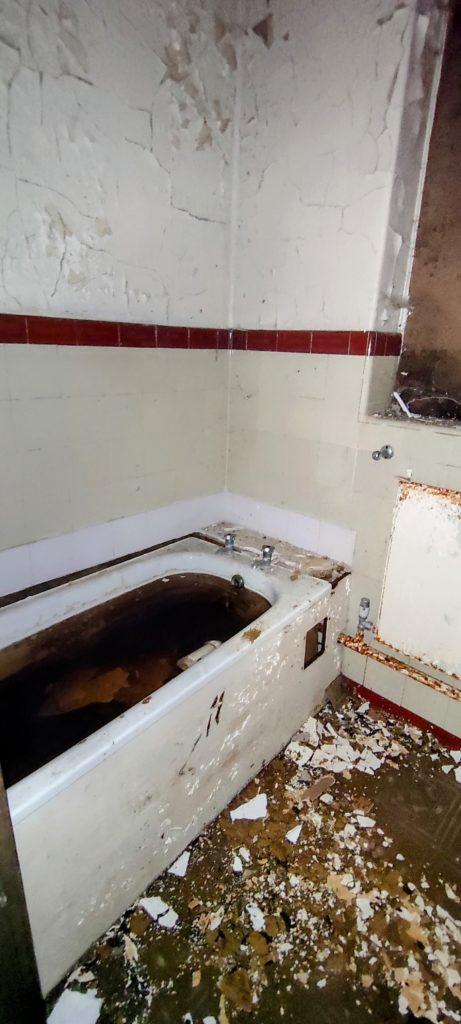
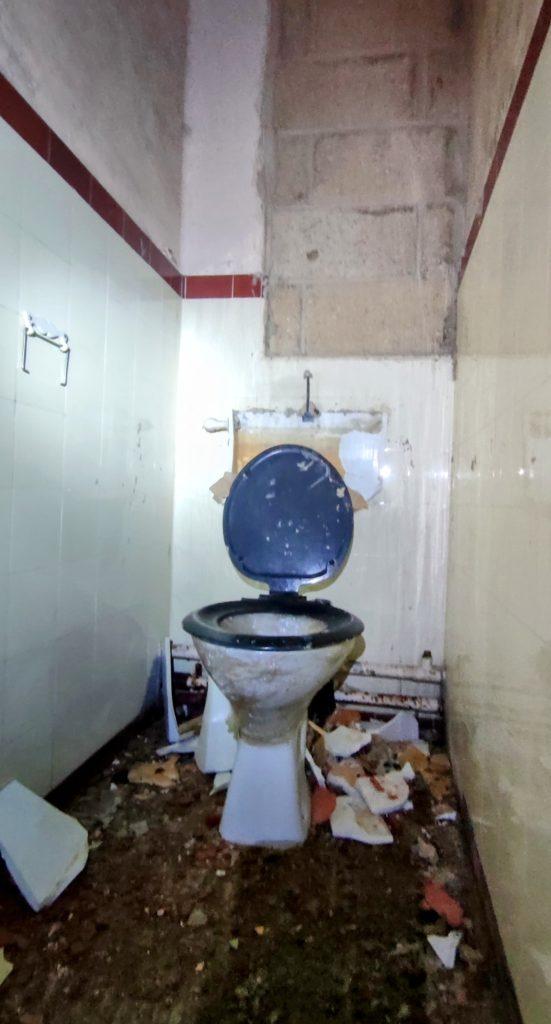
One of the most well-known aspects of the abandoned hospital is the ‘blood room’ or ‘red room’. Somebody has gone wild with some red paint and covered every wall of the room in red handprints! To add to the spookiness, the words “death is the release”, “lonely” and “suffering” are graffitied onto the walls.

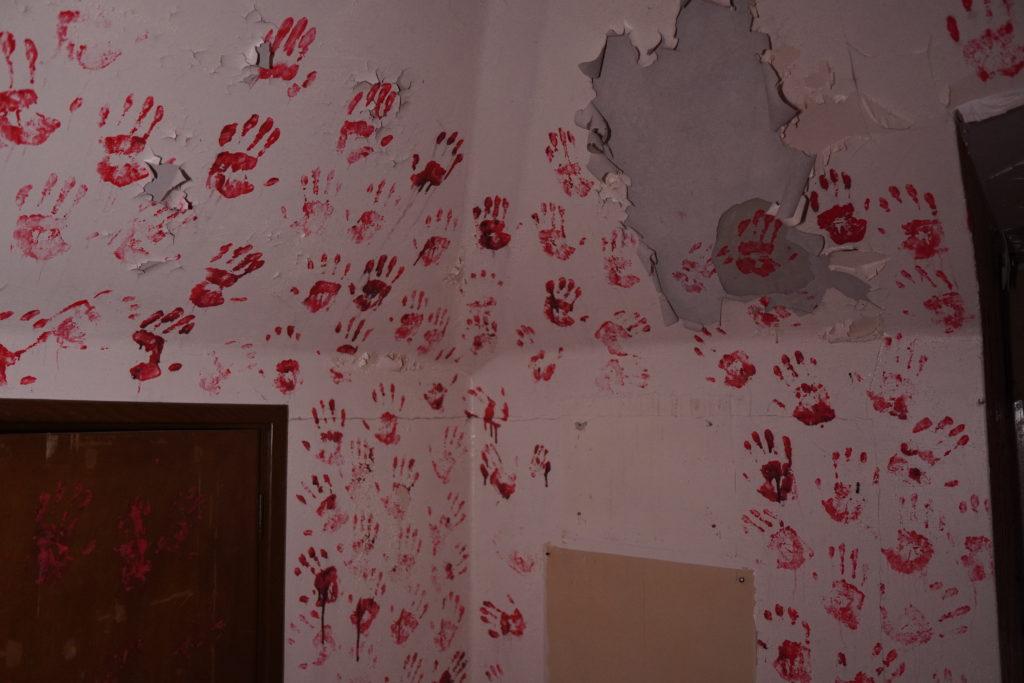
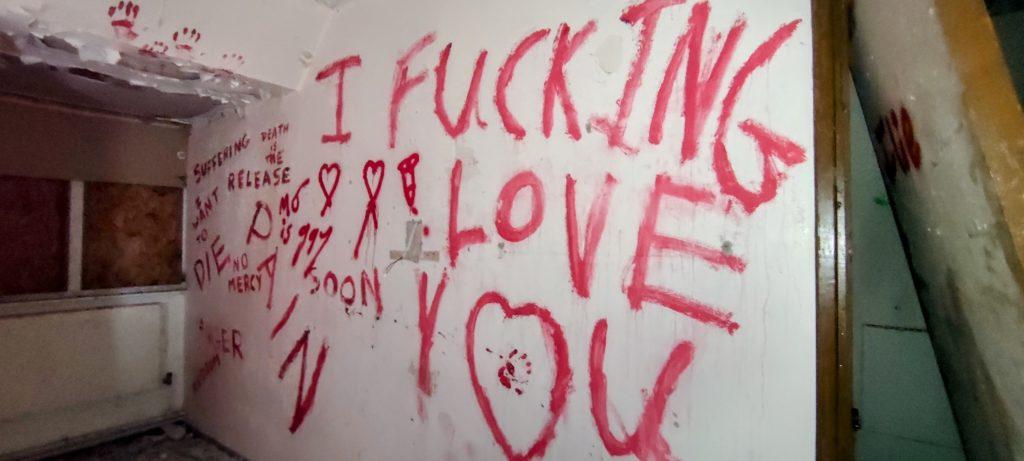
The building is a beautiful yet old one, there are details all over the hospital that showed the character of the building. The front entrance was impressive and in some corridors the original brickwork was exposed. Due to the age and length of time that the building has been vacant; there are signs of deterioration. Care needs to be taken on the stairs and when walking on the upper floors.
One room certainly gave us a shock when we realised what was inside. On first glance it was just a mostly empty room with some rubble from the fireplace and some old-fashioned carpet. It didn’t take us long to realise that there were a largenumber of bird carcusses laying at the hearth of the fireplace! It appeared that the chimney had collapsed and all of the dead birds that were inside were dropped into the room. There were so many, the photos do not show the true number of carcusses!
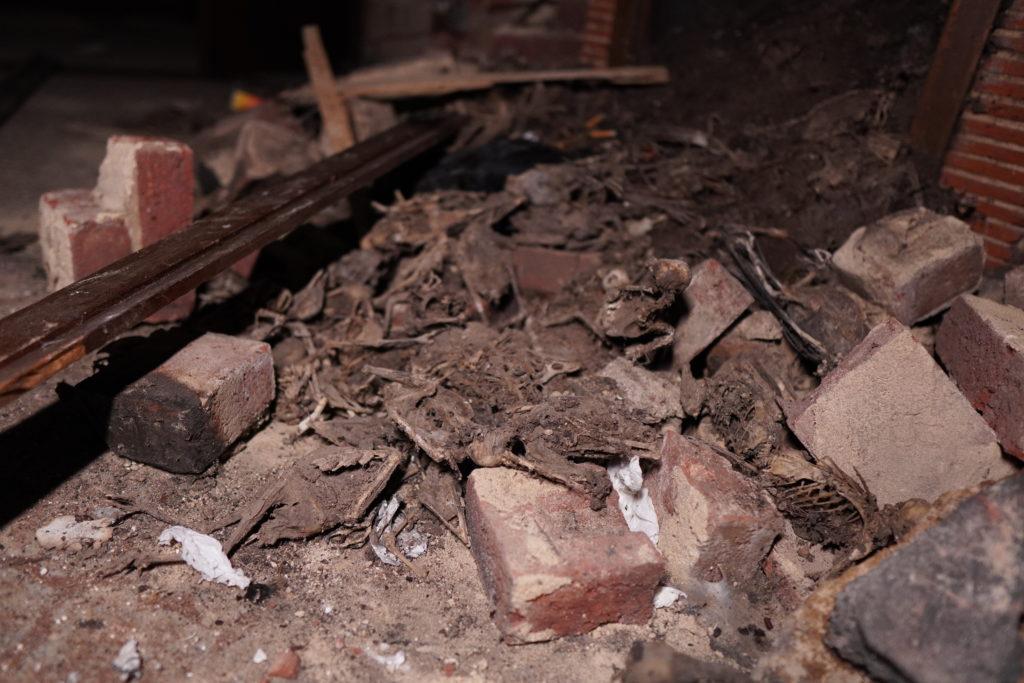
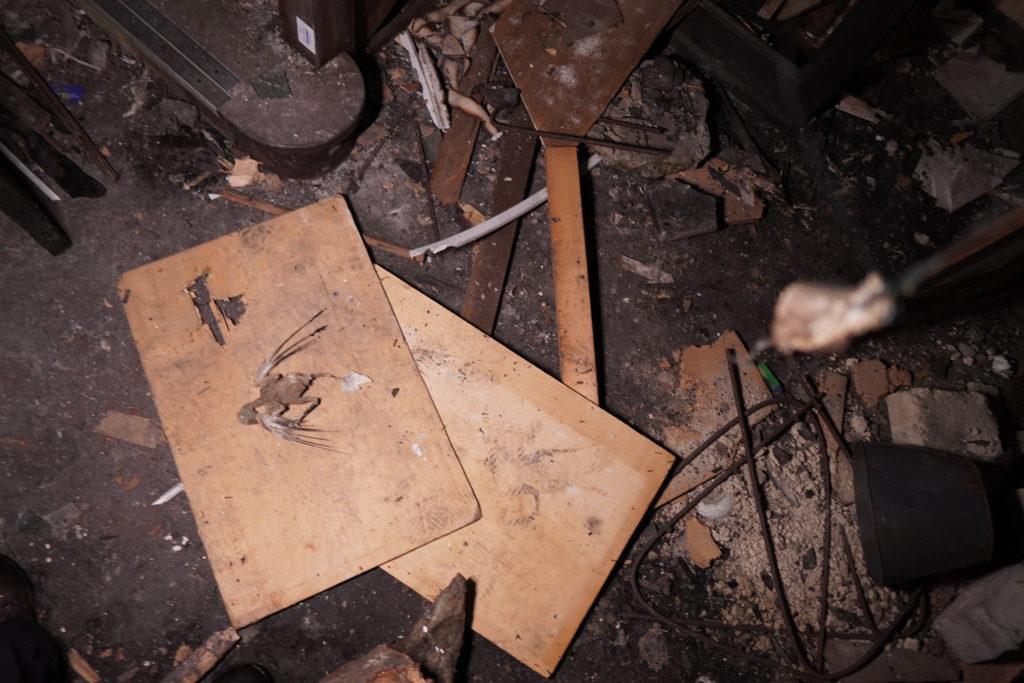
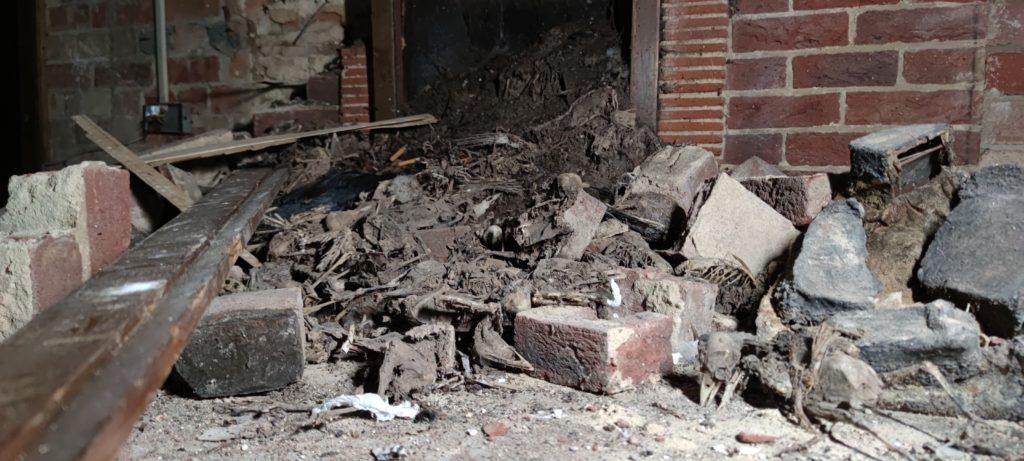

Another exciting feature of the abandoned hospital was inside the loft. There were a number of winding alcoves which made the explore even more fun. You could crouch into a small space in one room and walk a few metres and end up in another room. This made creeping up on other explorers a hoot!
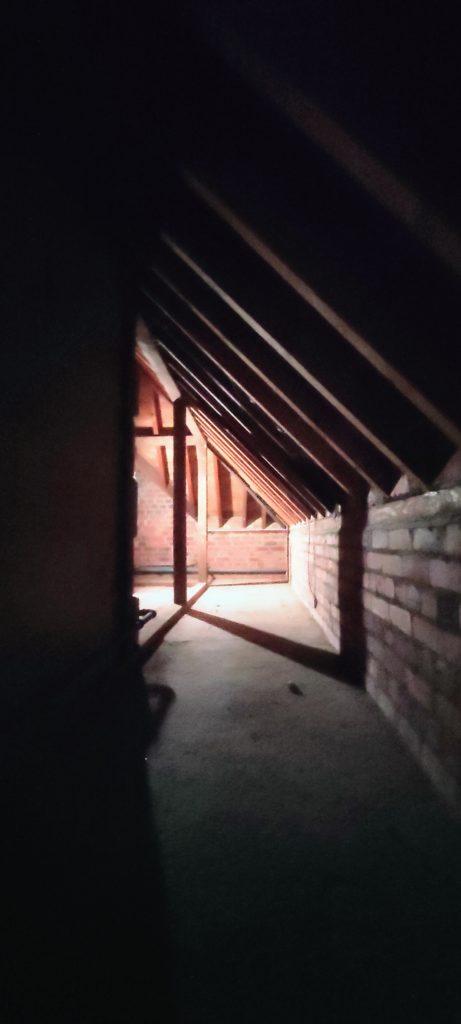

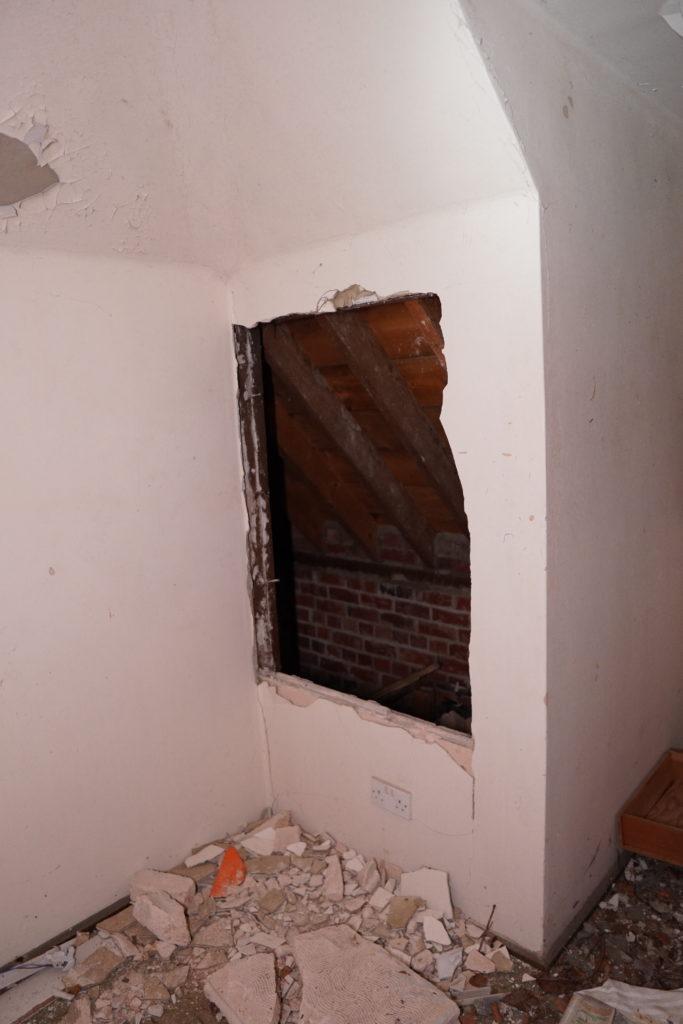
Development
A plaque on the site was unveiled by Alan Titchmarsh in 2005 commemorating the history and achievements of the Lord Mayor Treloar Hospital.
Since 2019, 280 dwellings have been built on the site of the former hospital. Robertson House still survives along with two ancient brick towers due to their listed status. These water towers were repaired and converted into bat roosts by the development company.
Last Updated on 4 April 2022 by Michael

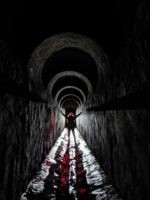


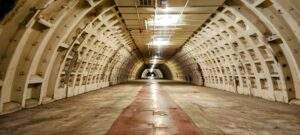
21/10/2023 this has now been demolished and just rubble remains alongside a building site